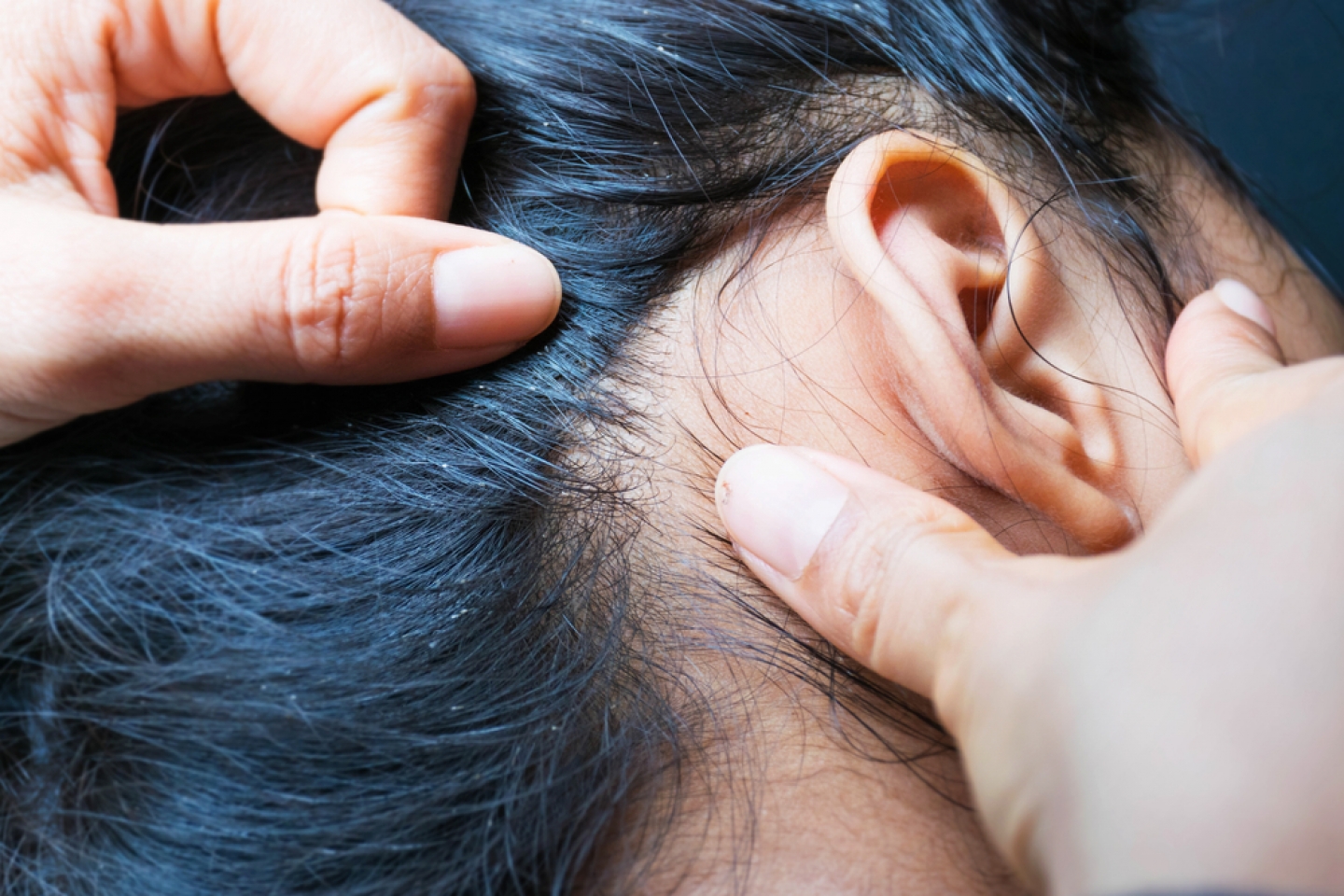
Their textbook name is Pediculus humanus capitis, but generations of children have called them “cooties.” They spread easily, mostly among schoolchildren from 3 to 11 years old. They don’t discriminate by race, class, income or social status. Any head will do.
Head lice are tiny insects that feed on blood from the human scalp. The adult louse is about the size of a sesame seed and has 6 legs. Ranging from greyish white to tan in color, head lice can look a bit like dandruff—unless you see them up close and personal using a magnifying glass.
Dandruff falls off the head very easily; lice don’t.
The female lives from 3 to 4 weeks and, once mature, she can lay up to 10 eggs a day.
You can get head lice if:
The main symptom of a head lice infestation is an itchy scalp. In some cases, small, red bumps may appear on the scalp, neck and shoulders. Head lice do not carry or spread disease, says Dr. Cha, but excessive scratching may cause a secondary skin infection, which is treatable with antibiotic cream or ointment.
Head lice may be a major nuisance, but they pose no lasting danger to your family’s health. Still, they can be devilishly difficult to get rid of.
To check for head lice, use a bright light and a magnifying glass, and look for tiny eggs at the nape of the neck or behind the ears, very close to the scalp. Once you have confirmed their presence, it’s time to buy an over-the-counter (OTC) treatment, available at any pharmacy.
Try Nix. Apply it to damp hair that has been washed with a non-conditioning shampoo and towel-dried. Leave the product on for 10 minutes, and then rinse it off. Repeat the procedure on day 7 and day 14 after the first treatment.
Another OTC option is Rid, available in shampoo or mousse form. Apply the product to dry hair and leave it on for 10 minutes before rinsing it out. Then, repeat the process on day 7 and day 14.
The insects’ eggs, or nits, should be removed manually, after treatment with an OTC product, using a fine-toothed metal comb, Dr. Cha says. To make them easier to remove, try combing a small amount of hair conditioner through the affected individual’s hair.
If OTC products don’t work, seek a prescription for a stronger medication from your health care provider, and use it exactly as directed.
“Sklice is a prescription medication for children 6 months or older who have head lice. Apply it to dry hair and to the entire scalp, and rinse it out after 10 minutes. Only one application is needed,” Dr. Cha explains, “because when the treated eggs hatch, the lice won’t be able to feed. The medication effectively paralyzes the newborn insects’ throat muscles, rendering them nonviable.”
To keep these pests away, teach your children not to share their personal items such as combs, brushes and hats, and not to borrow them from others. Regular surveillance can also be helpful.
“If one person in the family has head lice, all members of the household should be checked and treated, if necessary,” she adds. “It’s also prudent to treat family members who share a bed with the person who has a head lice infestation, even if no live lice are found.”
Dr. Cha further advises parents and caregivers to clean all hair care items and bedding used by the individual with the infestation. “Clean only those items that have been in contact with the head of that individual in the 24 to 48 hours before treatment. Washing, soaking and drying these items at temperatures greater than 130 degrees Fahrenheit will kill stray lice and nits. Furniture, carpeting, car seats and other fabric-covered items can be vacuumed.”
If your child has head lice, make sure to check policies at school or daycare. Many schools do not permit affected children to come to school until their lice have been successfully treated and eliminated. As well, some schools have policies that go far toward ensuring a lice-free environment. Cleaning carpets and other surfaces can help prevent the spread of head lice, among other threats to health and well-being.
And don’t hesitate to reach out to a pediatrician or primary care physician at Weill Cornell Medicine Primary Care, especially if your OTC head lice product fails to eliminate every last “cootie”!